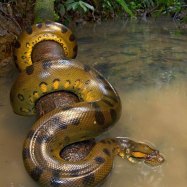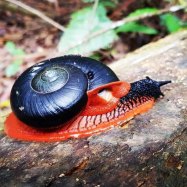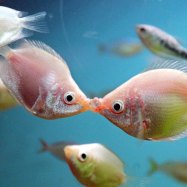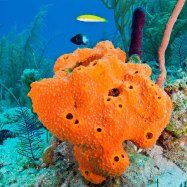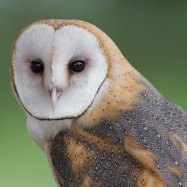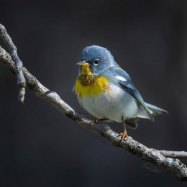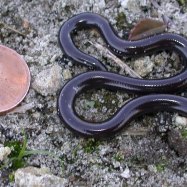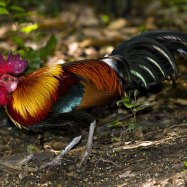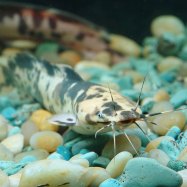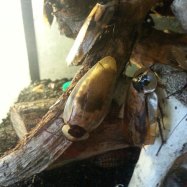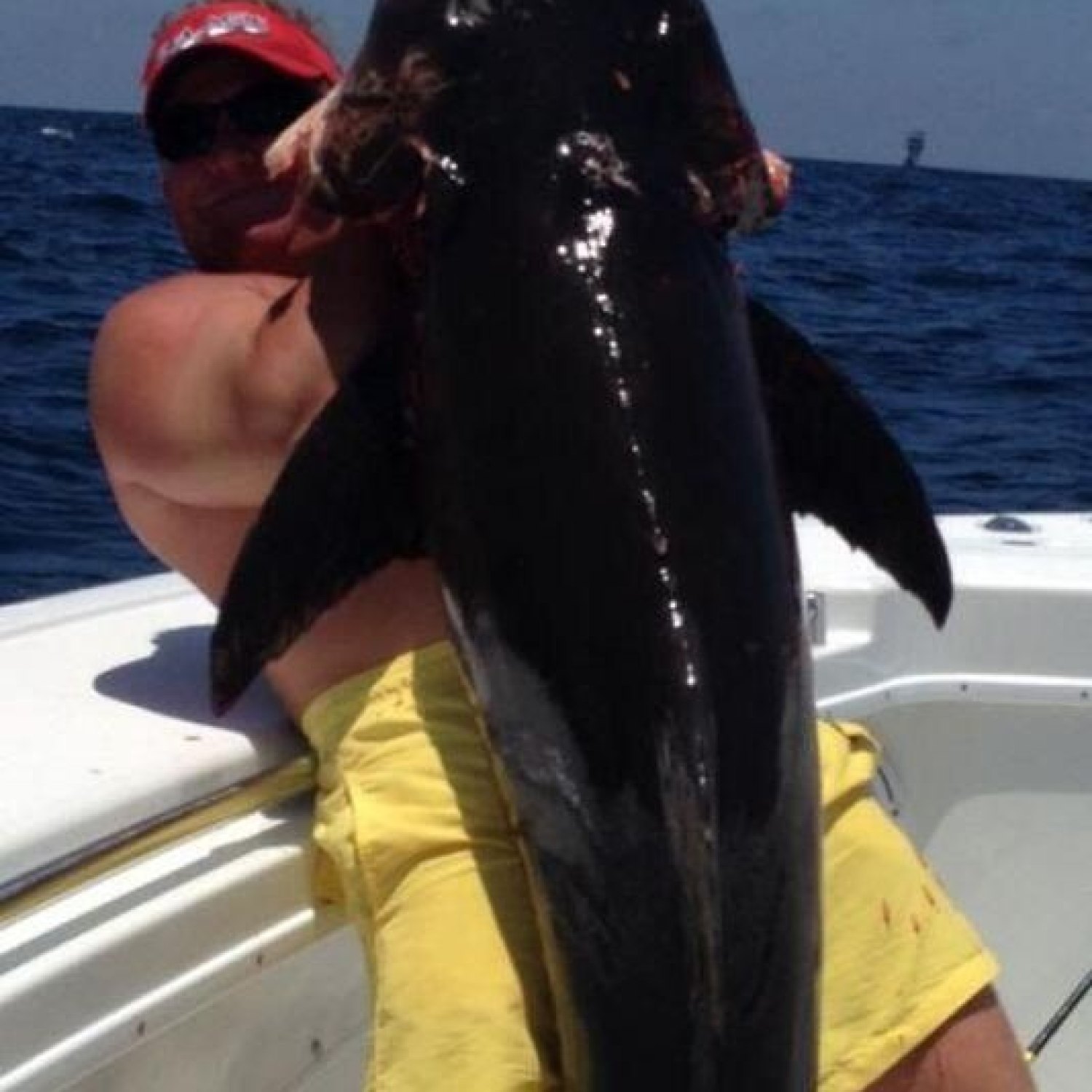
Cobia Fish
Up to 6 ft (1.8 m)
The Cobia fish, found in coastal areas, is known for its elongated and cylindrical body shape. With an average length of up to 6 feet, it belongs to the Rachycentridae family. This fast-swimming fish is a popular catch among anglers, making it a must-see for those who love fishing in nearshore environments. #Cobia #fishing #coastallife
Animal Details Summary:
Common Name: Cobia Fish
Kingdom: Animalia
Habitat: Marine, warm-temperate to tropical waters
Cobia Fish: The Opportunistic Predator of the Oceans
When one thinks of the oceans, images of colorful corals, graceful dolphins, and fierce predators like sharks may come to mind. However, there is an elusive fish that often goes unnoticed, yet plays a crucial role in the marine ecosystem - the Cobia fish.Scientifically known as Rachycentron canadum, the Cobia fish is a fascinating creature that has captured the attention of scientists and fishermen alike. Also commonly known as the black kingfish, lemon fish or sergeant fish, this fish is a true marvel of aquatic life Cobia Fish. Let’s take a closer look at what makes the Cobia fish so unique and special.
The Taxonomy of the Cobia Fish
The Cobia fish has been assigned a scientific name of Rachycentron canadum, which is derived from the Greek words “rachis” meaning spine and “centron” meaning sharp point, referring to the sharp spines on its dorsal fin. It is classified under the kingdom Animalia, phylum Chordata, class Actinopterygii, and order Perciformes.Interestingly, the Cobia fish is the only species in the family Rachycentridae, making it a unique and distinctive member of the fish world.
A Habitat Favored by the Cobia Fish
The Cobia fish is a warm-temperate to tropical species and is often found in the Atlantic Ocean, as well as the Indo-Pacific region. These fish are known to inhabit coastal areas and nearshore environments. Preferring warm waters, they can often be spotted in areas with coral reefs and wrecks, where they can find plenty of food and shelter.The Feeding Habits of the Cobia Fish
The Cobia fish is an opportunistic predator, which means it will take advantage of any prey that comes its way. Its diet consists of a wide variety of marine animals, including squid, crabs, shrimp, and smaller fish Cassowary. They are also known to feed on the parasites that attach themselves to larger animals such as turtles and sharks, making them beneficial to their ecosystem.The Cobia fish is an aggressive and voracious feeder, and its feeding habits are believed to be one of the reasons for its rapid growth and size.
The Geographical Distribution of the Cobia Fish
As mentioned earlier, the Cobia fish is found in both the Atlantic Ocean and the Indo-Pacific region. In the Atlantic, they can be found from the Gulf of Maine to as far south as Argentina, and from the Canary Islands to the Gulf of Guinea. In the Indo-Pacific, they are found from Australia to Japan and even in the Red Sea.Cobia fish have also been spotted in the Mediterranean Sea due to accidental introduction, but it is not considered a native species in this region.
A Unique Country of Origin
While Cobia fish can be found in various parts of the world, it is considered to be indigenous to the United States. They are known to spawn along the Atlantic coast of the U.S., and also in the Gulf of Mexico.However, the first recorded breeding of Cobia fish in captivity was in Taiwan, in 1978. Since then, this fish has been successfully bred in various parts of the world, making it a commercially important species.
The Appearance and Physical Characteristics of the Cobia Fish
Cobia fish are easily recognizable due to their elongated and cylindrical body shape. They have a dark brown to black coloring on their upper body, with a white belly. This unique coloration allows them to blend in with their surroundings, making them successful hunters.They have a single dorsal fin with sharp spines, which they use for protection against predators. The Cobia fish also has a forked caudal fin (tail fin), which they use for fast swimming and chasing down prey.
The Impressive Size and Weight of the Cobia Fish
The Cobia fish is one of the larger species of fish found in the ocean, with adults reaching up to 6 ft (1.8 m) in length and weighing in at a maximum of 100 lbs (45 kg). However, it is not uncommon for Cobia fish to reach weights of over 80 lbs (36 kg), making them a prized catch for fishermen.Their fast growth rate allows them to attain these impressive sizes within a relatively short period, making them an attractive target for both commercial and recreational fishing.
Threats to the Cobia Fish Population
Despite its significant size and a wide geographic distribution, the Cobia fish population is facing certain threats that could potentially affect its numbers. These threats include overfishing, habitat destruction, and pollution, which can all have a negative impact on the Cobia fish’s ecosystem.Overfishing can result in a decline in the population of Cobia fish, as they are slow to reproduce and have a high value in the seafood market. Habitat destruction, such as coral reef destruction, can also have a significant impact on the Cobia fish's survival, as they rely heavily on these habitats for food and shelter.
In conclusion
The Cobia fish may not be as popular as other marine species, but it is undoubtedly an extraordinary creature. Its unique physical characteristics, feeding habits, and impressive growth rate make it a fascinating subject for study.As we continue to explore and learn more about the oceans, we must also take measures to protect and conserve species like the Cobia fish, as they play an essential role in maintaining the delicate balance of our marine ecosystem.

Cobia Fish
Animal Details Cobia Fish - Scientific Name: Rachycentron canadum
- Category: Animals C
- Scientific Name: Rachycentron canadum
- Common Name: Cobia Fish
- Kingdom: Animalia
- Phylum: Chordata
- Class: Actinopterygii
- Order: Perciformes
- Family: Rachycentridae
- Habitat: Marine, warm-temperate to tropical waters
- Feeding Method: Opportunistic predator
- Geographical Distribution: Atlantic Ocean, Indo-Pacific region
- Country of Origin: United States
- Location: Coastal areas, nearshore environments
- Animal Coloration: Dark brown to black with a white belly
- Body Shape: Elongated and cylindrical
- Length: Up to 6 ft (1.8 m)
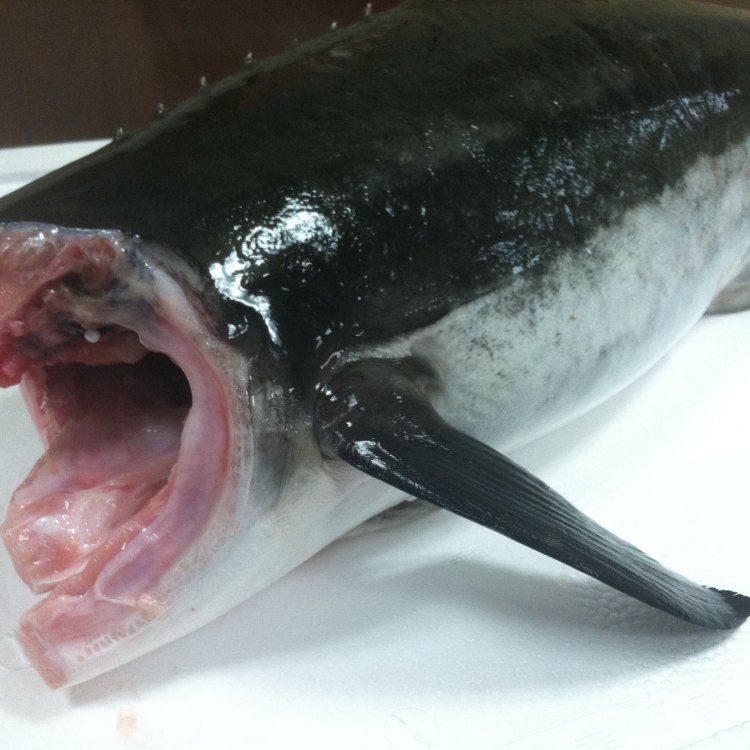
Cobia Fish
- Adult Size: Up to 6 ft (1.8 m)
- Average Lifespan: Up to 15 years
- Reproduction: Sexual
- Reproductive Behavior: Spawning aggregations
- Sound or Call: No specific sound or call
- Migration Pattern: Migratory species
- Social Groups: Solitary or form small groups
- Behavior: Active and fast-swimming
- Threats: Overfishing, habitat loss, pollution
- Conservation Status: Not evaluated
- Impact on Ecosystem: Top predator in its ecosystem
- Human Use: Commercial and recreational fishing
- Distinctive Features: Prominent lateral line, long dorsal fin
- Interesting Facts: Can swim at speeds up to 45 mph
- Predator: Sharks, dolphins, large predatory fish
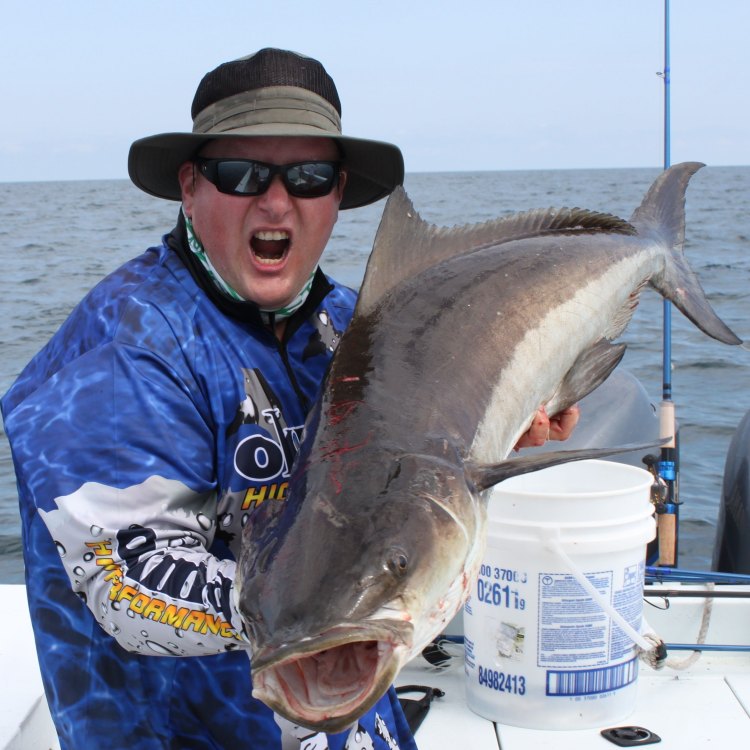
Rachycentron canadum
Cobia Fish: An Active and Majestic Predator of the Seas
The ocean is a vast and mysterious world, filled with countless creatures. One such fascinating creature is the Cobia fish, also known as the Sergeant fish or black kingfish. It is a predatory fish that inhabits the warm and temperate waters of the Atlantic, Pacific, and Indian oceans.These magnificent creatures can grow up to 6 feet in length, making them one of the largest species in the family Rachycentridae PeaceOfAnimals.Com. With an average lifespan of 15 years, these fish have a lot to offer in terms of unique features and behaviors that make them stand out.
In this article, we delve into the world of the Cobia fish, exploring its distinctive characteristics, behaviors, and impact on the ecosystem.
Size and Appearance
The Cobia fish is a robust and elongated fish with a streamlined body, making it an excellent swimmer. They can grow up to 6 feet in length and weigh over 100 pounds, with the average adult size being around 3-4 feet. However, there have been reports of larger specimens reaching up to 200 pounds.Their body is covered in smooth, dark brown to black scales, with a prominent lateral line running along its side. This lateral line helps them detect movement and vibrations in the water, making them efficient hunters.
One of their most distinctive features is their long and sharp dorsal fin, which runs along most of their body. This fin serves as a defense mechanism against potential predators, as well as provides added stability when swimming at high speeds Codling Moth.
Reproductive Behavior and Social Groups
Cobia fish have a unique reproductive behavior, where they form large spawning aggregations during the breeding season. These aggregations can consist of hundreds to thousands of individuals, making it a spectacular sight to witness.During the spawning season, the males compete with each other to attract a female by flashing their bright silver and bronze sides. Once a female is chosen, the pair swims upwards, releasing eggs and sperm into the water column. This behavior contributes to the high reproductive success of the species.
Outside of the breeding season, Cobia fish are mostly solitary creatures but can also form small groups when searching for food or taking shelter. Their social behavior is still relatively unknown, and more research is needed to understand their social dynamics.
Migratory Patterns and Human Use
Cobia fish are migratory species, meaning they travel long distances in search of food and favorable water temperatures. They are highly adaptable and can thrive in a range of habitats, from shallow inshore waters to deep offshore areas.Their fast-swimming abilities, reaching speeds of up to 45 mph, make them a highly sought-after gamefish for recreational anglers. They are also an important commercial fish, with a high demand for their firm and flavorful flesh.
Unfortunately, due to overfishing, habitat loss, and pollution, the population of Cobia fish is declining in some regions, leading to the decline of commercial and recreational fishing. These threats highlight the need for sustainable fishing practices and conservation efforts to ensure the survival of this species.
Top Predator and Predators of the Cobia Fish
As top predators in their ecosystem, Cobia fish play a crucial role in maintaining the balance of marine ecosystems. They feed on a variety of fish, crustaceans, and cephalopods, making them an essential part of the food chain.However, like all animals, Cobia fish also have predators that hunt them. Sharks, dolphins, and other large predatory fish are known to prey on Cobia fish. To avoid becoming a meal, Cobia fish rely on their fast swimming abilities and sharp dorsal fins.
Impact on the Ecosystem
Being a top predator, Cobia fish have a significant impact on the ecosystem they inhabit. By keeping the populations of their prey in check, they help maintain the balance of the food chain. This balance is crucial in ensuring the health and sustainability of marine ecosystems.Moreover, Cobia fish are also an indicator species, meaning their presence or absence can signal the health of the marine environment. As such, monitoring their populations is essential in understanding the overall health of the ocean.
Interesting Facts
Apart from their impressive size and speed, there are several intriguing facts about Cobia fish that make them even more fascinating. Here are a few of them:- Cobia fish have no specific sound or call, making them a silent predator in the ocean.
- They are known to be curious and have been observed following boats and divers.
- Cobia fish are hermaphrodites, meaning they have both male and female reproductive organs.
- They can live in both freshwater and saltwater environments, making them euryhaline species.
- Cobia fish are often mistaken for sharks due to their appearance and sharp dorsal fin.
In Conclusion
Cobia fish are active and majestic creatures that are an integral part of the ocean's diverse ecosystem. Their impressive size, speed, and unique behaviors make them a top predator, playing a crucial role in maintaining the balance of marine environments.While they face threats such as overfishing and pollution, there are ongoing efforts to conserve and protect this fascinating species. As responsible individuals, it is our duty to educate ourselves and others about the importance of sustainable fishing practices and the preservation of marine habitats.
So next time you spot a Cobia fish, take a moment to appreciate its magnificence and the vital role it plays in the vast and mysterious world of the ocean.

Cobia Fish: The Opportunistic Predator of the Oceans
Disclaimer: The content provided is for informational purposes only. We cannot guarantee the accuracy of the information on this page 100%. All information provided here may change without prior notice.

